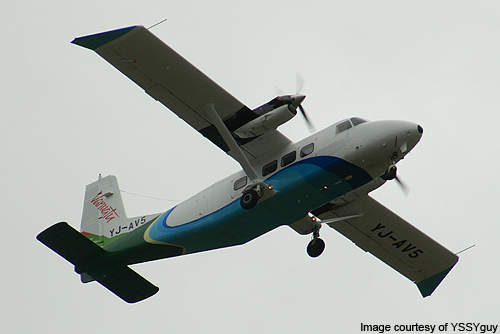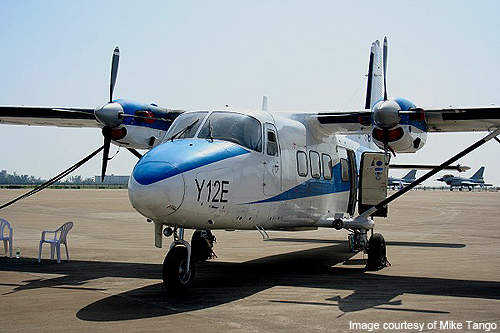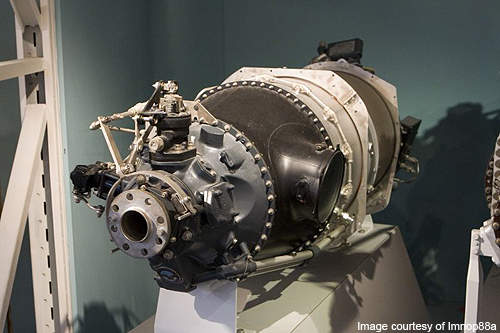Harbin Y-12 or Yunshuji-12 is a twin engine light multi role aircraft designed and developed by Harbin Aircraft Manufacturing Corporation (HAMC) of China. It was derived from its predecessor the Harbin Y-11. The Y-12 is principally used for both passenger and cargo transportation. The maiden flight of the aircraft was completed in July 1982.
The aircraft has been designed, built and examined in adherence with the FAR Chapter 23 and the FAR Chapter 135 Appendix A, and also complies with the requirements of the CCAR Chapter 23 and the BCAR Chapter K.
Harbin Y-12 variants
The Harbin Y-12 has 10 variants, designated Y-12 (I), Y-12 (II), Y-12 (III), Y-12 (IV), Y-12C, Y-12E, Y-12F, Y-12G, Turbo Panda and Twin Panda.
The Y-12 (I) is the original version fitted with dual 500shp (373kW) Pratt & Whitney Canada PT6A-11 turboprop engines. The variant features a standard take-off and landing capability.
The Y-12 (II) is an enhanced version equipped with PT6A-27 turboprop engines.
The Y-12 (IV) is an improved version of Y-12, that features extended wing tips and an increased take-off weight. It can accommodate 19 passengers in a spacious cabin. This variant received US certification in March 1995.
The Y-12C is a military version principally utilised by the People’s Liberation Army and Air Force for aerial survey missions. The variant is powered by a WJ-9 turboprop engine.
The Y-12 (III) will be an advanced version of the Y-12C currently under development. It is powered by a WJ-9 turboprop engine.
The Y-12E is an improved version which can accommodate 18 passengers in its cabin. It is powered by PT6A-135A engines.
Work on the planned model Y-12F is being continued. This variant will feature wider fuselage, retractable landing gear and powerful engines.
The Y-12G is a freighter model fitted with a side cargo door and a windowless cabin which can accommodate three LD3 standard containers.
The Turbo Panda is an export version of the Harbin Y-12 (II).
The Twin Panda is initially export version of the Y-12 (II) aircraft, but was later altered as the Y-12 (IV). About 35 orders were received until 2000.
Design
The Y-12 has been designed to take-off and land over short distances. The aircraft has been designed to execute passenger or cargo transportation, parachute jumping, geological exploration, aerial photography and ocean surveillance operations.
It can also perform a wide range of other missions, including medical rescue, touring, agriculture spraying and forest applications. The aircraft is equipped with a single vertical stabiliser, upper wing and front fixed tri cycle type landing gear.
Development
The development of the Harbin Y-12 began in 1980 by upgrading its predecessor Y-11 aircraft.
The modified Y-11 features a renovated wing with an advanced low drag section, a larger fuselage and bonded rather than riveted construction.
The aircraft was built in two models designated Type I and Type II.
The Type I version took its maiden flight in July 1982 and is principally used in exploration.
The Type II version is a passenger aircraft and completed its maiden flight in August 1984. It received Chinese certification in December 1985.
Flight deck
The flight deck of the aircraft can accommodate two crew members – pilot and co-pilot. The Y-12 also features a spacious and comfortable cabin fitted with 19 seats for passenger transportation. The freighter version of Y-12 can accommodate three LD3 standard containers.
Engine
The Y-12 is powered by two Pratt & Whitney Canada PT6A-27 turboprop engines. Each engine can produce 462kW of output power. The aircraft is fitted with a Hartzell three blade propeller made of aluminium. The propeller, fitted with an anti-icing facility, can rotate at a constant speed of 2,200rpm.
An epicyclic speed reduction gearbox integrated in the engine decreases propeller noise by optimising output speed. The engine is also fitted with a multi-stage axial and single-stage centrifugal compressor, a reverse flow combustor, and a single-stage compressor turbine.
The length and diameter of the engine are 1.57m and 0.48m respectively.
Performance
The Y-12 can climb at a rate of 8.1m/s. The maximum and cruise speeds of the aircraft are 328km/h and 250km/h respectively. The range is 1,340km and the service ceiling is 7,000m.
The aircraft weighs around 3,000kg and its maximum take-off weight is 5,500kg.











